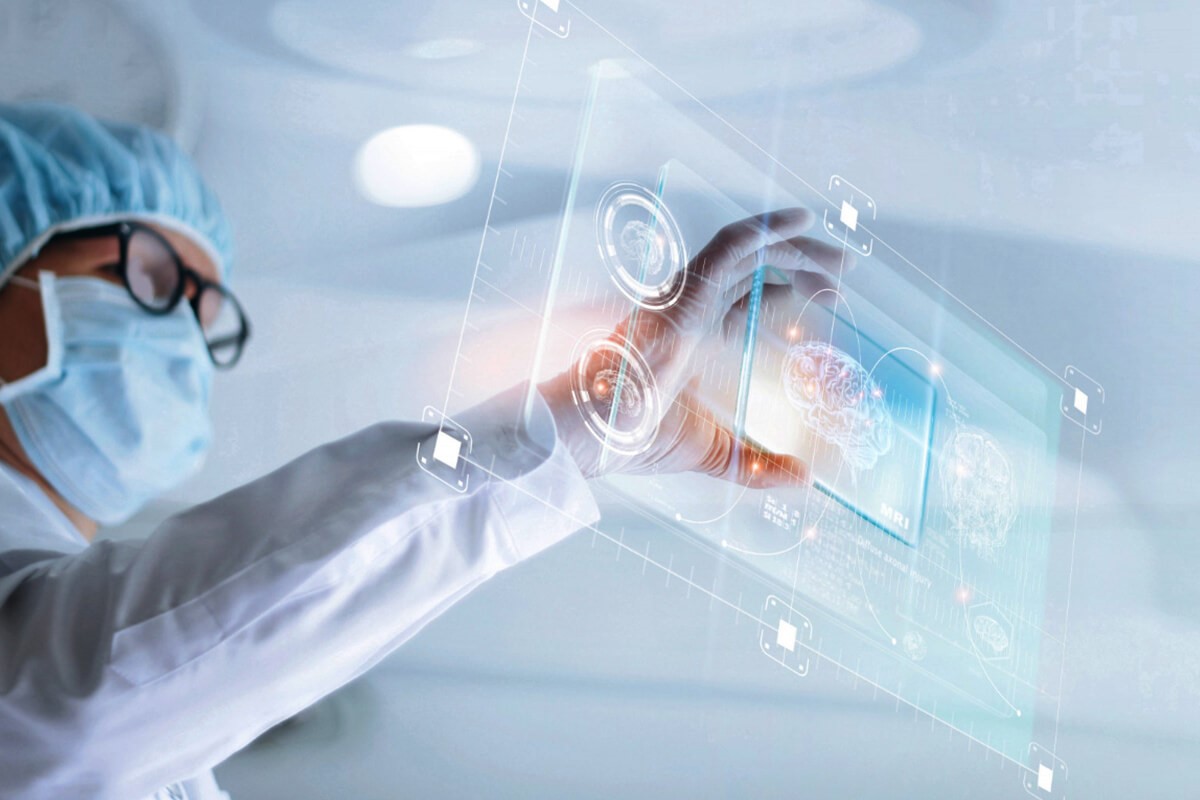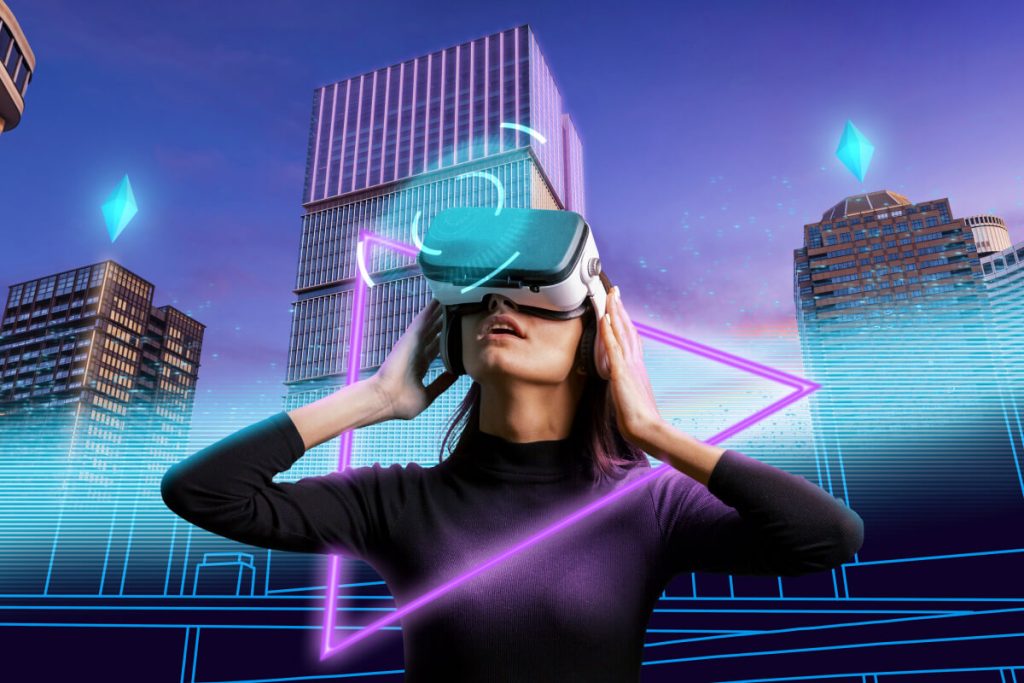Organizations today want to increase productivity, minimize expenses, and aim to work most efficiently to succeed. Hyperautomation is one of the solutions which can help organizations move ahead. In this article, I’ll explain the usage of hyperautomation in healthcare industries.
What is Hyperautomation?
Hyperautomation is the use of technology to modernize each and every process in a company. It will enable the company to run repetitive processes without any manual intervention. Hyperautomation uses RPA (robotic process automation), ML (Machine Learning) & AI (Artificial Intelligence) to modernize legacy processes. It can help an organization to achieve resource and cost efficiencies to succeed in a competitive landscape.
Automation vs Hyperautomation
Automation targets to perform the repetitive task on a smaller scale without any manual intervention by creating solutions to focus on individual tasks. On the other hand, hyperautomation refers to the effective use of multiple corresponding technologies to enable intelligent automation and to provide end-to-end automation.

Need for Hyperautomation in Healthcare Industry
Due to COVID-19, digitization for delivery of patient care has increased. Patients want easily accessible, transparent, faster, and personalized healthcare. As hyperautomation focuses on end-to-end automation, it improves the patient experience. Hyperautomation not only makes the process faster, but it also frees up resources, so they can focus on providing value-based services to patients.
According to Gartner, hyperautomation is unavoidable and is soon becoming a requirement for survival instead of a choice for organizations.
- Outdated systems: Around 80% of healthcare providers use legacy systems which are obsolete and outdated, and only 12% of the organizations use digital transactions. It is difficult to replace these systems as it can cause integration issues and can disrupt the operations. Using technologies like screen scraping, OCR (Optical Character Recognition) & hyperautomation, healthcare industries can integrate older systems to newer ones.
- Holistic view of operations: Systems in the healthcare industry are very vast, complex, and interconnected. They use a mix of legacy and modern technology applications to solve specific challenges. However, this leads to lesser visibility of the holistic view of operations. Addressing the inefficiency of healthcare systems by hyperautomation is gaining attention and impacting the whole spectrum of healthcare operations. Hyperautomation supports organizations. It can bring together a variety of data from multiple sources into a common platform and thereby increase the visibility of entire operations, which can help the service providers to identify specific areas which need improvements.
- Data Management: Healthcare industries has to deal with massive volume of data on daily basis due to Electronic Health Records and digital patient interaction, and they encounter several challenges related to data management:
- Monotonous & exhaustive labor work incur higher operational cost
- Error-prone manual efforts lead to regulatory and operational barrier
- Fragmented workflows of legacy systems
- Lesser transparency due to vast and patchy processes
Use Cases of Hyperautomation in Healthcare
- Insurance Process in Healthcare: The National Health Care Anti-Fraud Association (NHCAA) estimates that healthcare fraud results in losses of $68 billion to $300 billion. Frauds can be detected more effectively by using AI & ML than manual efforts, as they can easily go through the massive datasets and can understand the behaviour and fraudulent tendencies. Insurance companies can eliminate human mistakes with the help of Hyperautomation. It will also fast track the claims process by cutting down the human intervention required for prior authorization. Clients will be very happy with faster claims.
- Customized health screening: Post pandemic-induced lockdowns and remote monitoring is gaining traction. The data analytics, digital health assistants, wearable & Internet of Things (IoT) are becoming crucial part of health services. For example, wearables and sensors monitor high-risk of blood pressure and sugar levels, while digital health assists in improving the treatment guidelines adherence. Future illness of patients can also be predicted using predictive analytics. All these together can bring about a revolution in patient care.
- Experience of Patient: Conversational AI and process automation tools can improve the patient experience. For instance, AI-based chatbots can help the customer support associates to provide faster service and also analyze the data. They can connect with patients to provide self-service scheduling, sending notification, collecting information which will allow healthcare providers to investigate effectively. This is secured, user-friendly and more easily accessible than legacy EHR systems, reducing the cost of operation and data fraud.
- Lab automation: RPA and enhanced system automation instrumentation in lab processes. It will speed up the laboratory tasks which take a lot of time, reduce the manual efforts and waste, save costs and improve efficiency.
- Artificial Intelligence-led diagnostics: Hyperautomation with ML, computer vision, and intelligent workflows can provide faster and accurate results. Diagnosis will become speedy by using computer vision and ML. The system can perform the secondary readings automatically and assigns the cases by functional area, specialty, etc. Post verification, diagnostics reports can be delivered directly to doctors, integrating with Electronic Medical Records (EMRs).
Soon, hyperautomation capabilities will gain traction across a wide range of business operations. It will also improve the patient health outcomes as the pandemic continues to speed up the need of transformation in the healthcare industries.
Hyperautomation will also provide fresh business opportunities to gain competitive advantage by delivering significant business value through measurable ROI.
References

Author
Hari G
Hari is part of the Quality Management function at GS Lab | GAVS, handling the Assurance and Delivery excellence. He is driving process improvement activities and Digital transformation project across GAVS. He is passionate about learning new technology. In his free time he likes watching movies and TV shows and spending time with his family.




